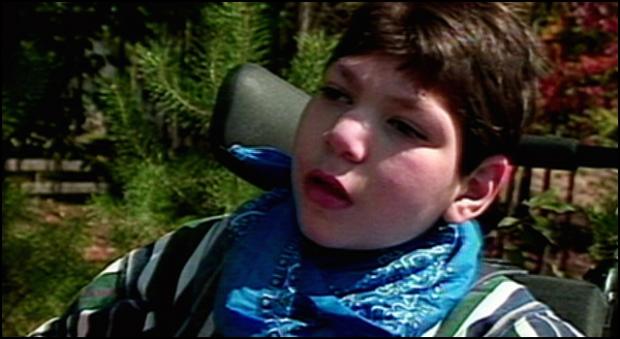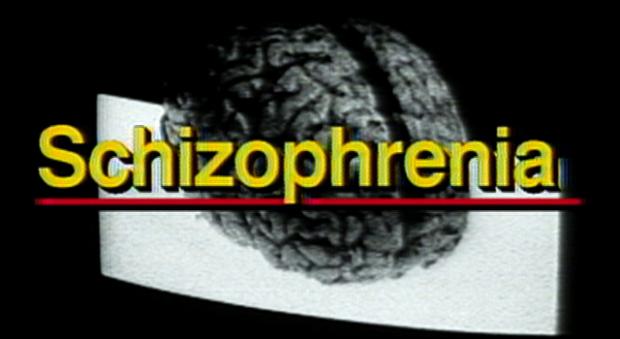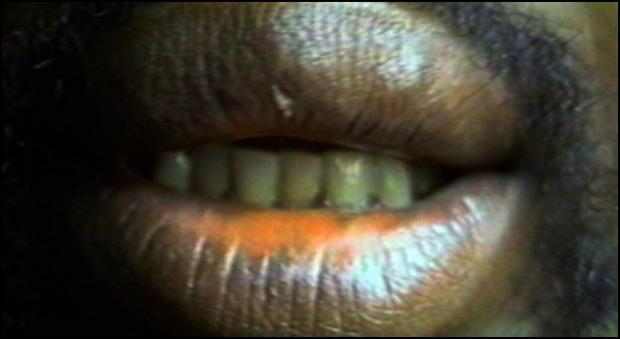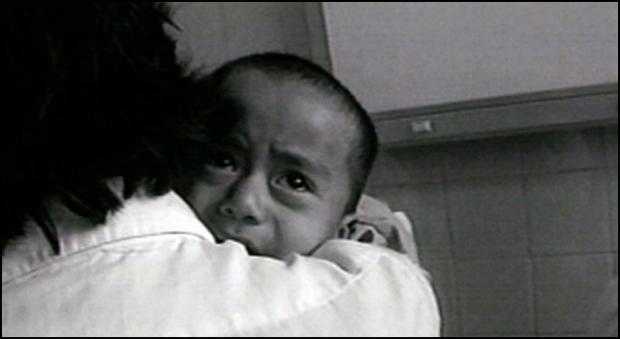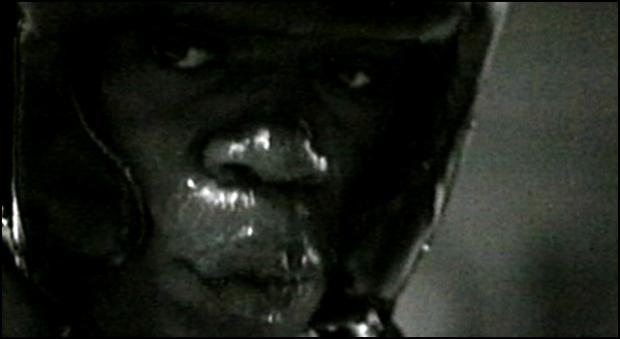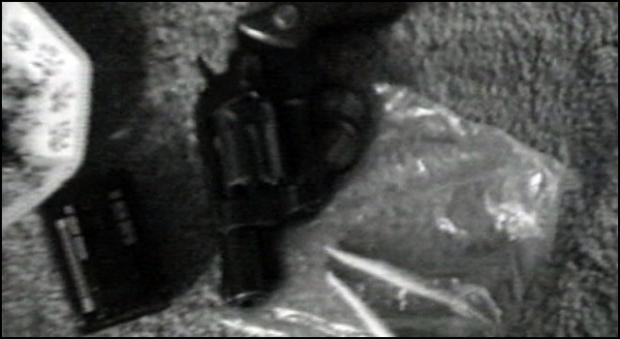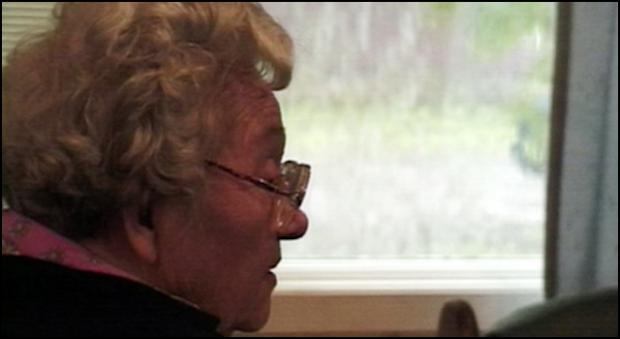Post-Production
There is no greater film making joy than sitting down with 100 hours of raw footage, knowing that there's a great story waiting to be coaxed out. Documentary editing is truly our forte, and although our clients include the usual suspects of HBO, A&E, and Discovery, weíre always looking for other partners in crime to create great films with. If youíre a smaller company or individual looking for a collaborative environment and a professional end-product, give us a ring.
Ecstasy and Death: Keats and Shelley in Rome
This is a trailer from our good friends, Nancy Rodgers and Jack Ramey film, Ecstasy and Death: Keats and Shelley in Rome. They travelled to the Eternal City to visit, film and recite Keats and Shelley's poetry in the very locations where the romantic poets wrote some of their most memorable works.
For those who follow American Montage you might recognize Jack Ramey as Dr. Benedict, the star of the our classic Super 8 feature, "The Age of Insects" that was acquired by the Museum of Modern Art in 2017.
Eric Marciano edited and post produced the show. This clip was made for the 2021 Keats Bicentennial.
The Age of Insects
http://americanmontage.com/drupal/narrative/age-insects
William Blake: Inspiration and Vision
http://americanmontage.com/drupal/documentaries/production/william-blake-inspiration-and-vision
Jack Ramey, poet and spoken word artist, brings to life the poems of Keats & Shelley and the revolutionary times in which they lived, with parallels to his own life in the late ‘60s at Kent State. Rome was of special importance to these two poets. Shelley wrote some of his greatest works in Rome, Keats died there, and they both are buried there in the Protestant Cemetery. This film shows how they live on as bright stars in the poetic firmament, as beacons for humanity, for truth, and for beauty.
If you like the trailer and would like to see this compelling 56-minute video, please contact Nancy Rodgers at rodgers@springwoodpress.org.
For Love of Julian
Directed by Meira Blaustein, narrated by Susan Sarandon, and edited by Leslie Englander, "For Love of Julian" is an emotional and well-crafted documentary mastered and on-lined by Eric Marciano. The family's struggle with their multiple-handicapped son had a powerful impact on everyone who watched it.
Eric threw himself into to fine-tuning the rough cut and took special care of all the "intangibles:" the fades, dissolves, color correction and various aspects of a piece that give it its subtle pacing, finished look and compelling tone. "For Love of Julian" is being distributed by Fox Lorber.
The Series "When the Brain Goes Wrong" - Schizophrenia
Another collaboration with Jonathan David explores the world of the brain. Seven segments were filmed covering the major diseases, afflictions and injuries that can effect the brain.
Super 8 black and white was incorporated to bring out internal feelings and
explanations for the world of those whose lives have been changed by damage to the brain. Very powerful, often chilling, and always poingnant, these short films commissioned by the Franklin Science Museum toured the United States in the 1990s. American Montage post-produced.
Working for Change - Making a Difference
This trailer is for a deeply conscientious film that tells the story of American social activism over the past 25 years up to and including the present movement. Presented by Nobel Prize winner Jody Williams the film explores six activist who work in the areas of Public Relations, Socially Conscious Investment, Organic Farm Management, Midwifery, Union Organizing, Direct Mail Fundraising
Magnum Eye: Cocaine True Cocaine Blue
Eugene Richards made this film in North Philadelphia in 1990. He collaborated on a book by the same name with Edward Barnes. He filmed it with a conciseness, clarity and honesty that are his hallmark.
During the 1960s, Richards was a civil rights activist and VISTA volunteer. After receiving a BA in English from Northeastern University, his graduate studies at the Massachusetts Institute of Technology were supervised by photographer Minor White.
Richards' published photographs are mostly intended as a means of raising social awareness, have been characterized as "highly personal" and are both exhibited and published in a series of books. The first book was Few Comforts or Surprises (1973),
a depiction of rural poverty in Arkansas; but it was his second book, the self published Dorchester Days (1978), a "homecoming" to Dorchester, Massachusetts, where Richards had grown up, that won most attention. It is "an angry, bitter book", both political and personal. Gerry Badger writes that "[Richards's] involvement with the people he is photographing is total, and he is one of the best of photojournalists in getting that across, often helped by his own prose".
Richards has been a member of Magnum Photos and of VII. He lives in New York.
Magnum Eye: The Peruvian Equation
Gilles Peress is an internationally renowned French photojournalist known for his documentation of war and strife, including in Northern Ireland, Yugoslavia, Iran, and Rwanda. His work has appeared in the New York Times Magazine, Du magazine, Life, Stern, Geo, Paris-Match, Parkett, Aperture and The New Yorker. He joined Magnum Photos in 1971 and served three times as its vice president and twice as its president.
"I work much more like a forensic photographer in a certain way, collecting evidence. I've started to take more still lifes, like a police photographer, collecting evidence as a witness. I've started to borrow a different strategy than that of the classic photojournalist. The work is much more factual and much less about good photography. I don't care that much anymore about "good photography." I'm gathering evidence for history, so that we remember"
– Gilles Peress
Peress began working as a photographer in 1970, embarking on an intimate portrayal of life in a French coal mining village, Decazeville, as it emerged from the ashes of a debilitating labor dispute. In 1973 he photographed Turkish immigrant workers in West Germany and documented the European policy to import cheap labor from the third world. "Peress has worked as a journalist to help finance those projects that constitute his personal search—a search to understand his own history." [2] He then joined Magnum Photos.
Peress soon traveled to Northern Ireland to begin an ongoing 20-year project about the Irish civil rights struggle. One of his most famous pictures from this period captures a young man named Patrick Doherty moments before he was killed whilst crawling to safety in the forecourt of the Rossville flats during Bloody Sunday (1972).
Power in the Blood, a book that synthesizes his years of work in Northern Ireland, is the first part of his ongoing project called Hate Thy Brother, a cycle of documentary stories that describe intolerance and the re-emergence of nationalism in the postwar years. Farewell to Bosnia was the first part of this cycle, and The Silence, a book about the genocide in Rwanda, was the second.
In 1979 Peress traveled to Iran in the midst of the Revolution. His highly regarded book, Telex Iran: In the Name of Revolution, is about the fragile relationship between American and Iranian cultures during the hostage crisis.
Peress has also completed other major projects, including a photographic study of the lives of Turkish immigrant workers in Germany, and a recent examination of the contemporary legacy of the Latin American liberator Simon Bolivar.
Now, Peress is professor of Human Rights and Photography at Bard College in New York and is Senior Research Fellow at UC Berkeley.
Magnum Eye: JabJab
Bruce Davidson made this film at the world famous Gleason’s Gym in the DUMBO neighborhood of Brooklyn. He has been a member of the Magnum Photos agency since 1958. His photographs, notably those taken in Harlem, New York City, have been widely exhibited and published.
After his military service, in 1957, Bruce Davidson worked briefly as a freelance photographer, before joining Magnum the following year. During the following few years, he photographed extensively, most notably producing Brooklyn Gang and The Dwarf. From 1961 to 1965, Davidson produced one of his most famous bodies of work as he chronicled the events and effects of the Civil Rights Movement around the country, in both the North and the South. In support of his project, Davidson received a Guggenheim Fellowship in 1962, and his finished project was displayed at the Museum of Modern Art in New York. Upon the completion of his documentation of the Civil Rights Movement, Davidson received the first ever photography grant from the National Endowment for the Arts.
Davidson’s next project, East 100th Street, is perhaps his most famous. Considered a modern classic,East 100th Street was a two-year documentation of an infamousblock in East Harlem. This project was also displayed at the Museum of Modern Art. Davidson followed this with Subway, a classic portrayal of the New York subway system, in the late 1970s. Using color to convey mood, Davidson documented a gritty and lively urban underworld. Over a decade later, in the early 1990s, Davidson completed a four-year exploration of Central Park, showing it as a beautiful and grand homage to New York City.
In 1998, Davidson returned to East 100th Street to document the revitalization, renewal and changes that occurred in the 30 years since he last documented it. For this visit, he presented a community slide show and received an Open Society Institute Individual Fellowship Award.
In addition to his best known publications, many of Davidson’s lesser known works have appeared around the world and in many museums. In 2008, a book appeared of his portraits of people, such as John Cage,Marilyn Monroe, Leonard Bernstein, Kiki Smith, Fannie Lou Hamer, Andy Warhol and Jack Kerouac.
Davidson continues to work as an editorial photographer. His photographs appear around the world and in many museums. Also, Davidson has directed two award-winning short films, a documentary titled Living off the Land and a more surreal tale titled Isaac Singer’s Nightmare and Mrs. Pupko’s Beard.
He lives in New York City with his wife, Emily.
An image from his Brooklyn Gang series was used as the cover for Bob Dylan's 2009 album Together Through Life.
He received the Outstanding Contribution to Photography Award at the 2011 Sony World Photography Awards.
Magnum Eye: Getting Out
Eli Reed is a Magnum photographer and professor at the University of Texas at Austin School of Journalism.
"Getting Out" is the 1992 documentary on Detroit gangs that Reed directed and filmed by for the Magnum Eye series on Channel 12 of TV Tokyo. It was exhibited at the 1993 New York Film Festival, and honored by the 1996 Black Filmmakers Hall of Fame International Independent Film and Video Competition in the documentary category.
The Road to Eden
This program produced and directed by Jason Goodman co-creator of the hit series "Behind the Music" investigates an often forgotten part of our population, those that are left in nursing homes. Mr. Goodman heard about a new and unique program called the, The Eden System. This program is meant to raise the level of love, care and dignity available to the nursing homes by introducing plants, animals, and children into the lives of the elderly and infirm.
Mr. Goodman's cameras chronicled the impact the Eden System had on the nurses, children, cats, and dogs and of course the elderly characters folks whose lives were changed forever. American Montage post-produced this important and insightful program.


